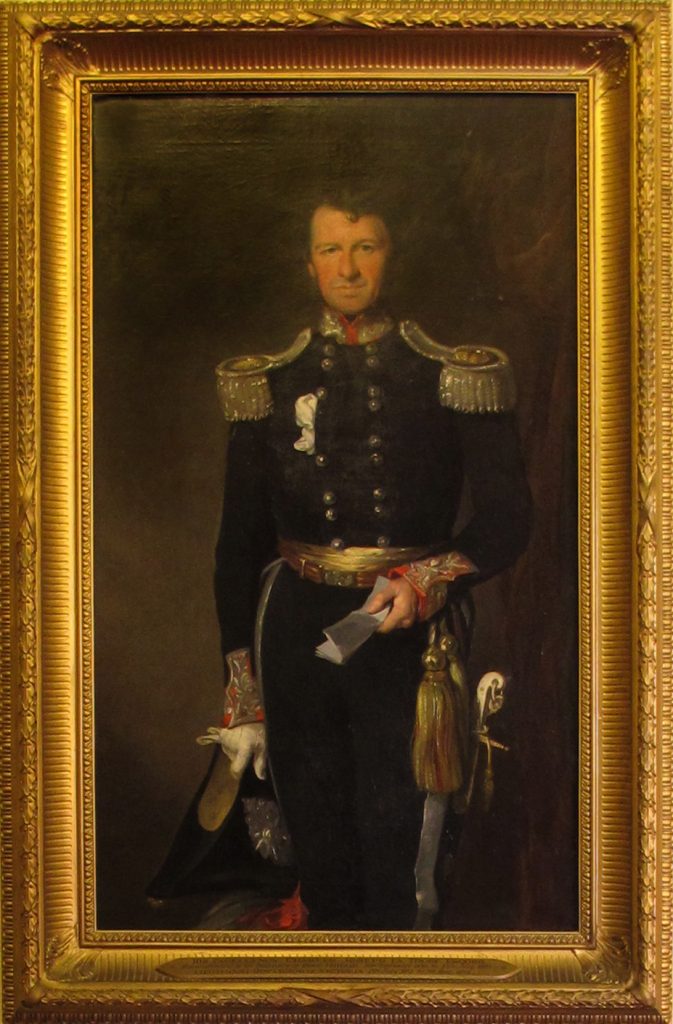Portrait of Charles La Trobe Esq. 1855
GRANT, Sir Francis
Registration number
1086814
Artist/maker
GRANT, Sir Francis
Title
Portrait of Charles La Trobe Esq.
Production date
1855
Medium
oil on canvas
Dimensions (H x W x D)
154.8 x 89.8 cm
Credit line
City of Melbourne Art and Heritage Collection
Keywords
Summary
‘He desired not only to have a good likeness, but a work of art’
The Argus, 15 January 1856
As Superintendent and then Lieutenant-Governor, Charles Joseph La Trobe (1801-1875) was the principal representative of the crown in the territory that became the Colony of Victoria during the fifteen years of his Melbourne stay from 1839 to 1854. These were critical early years. They were also turbulent, due in part to the fact that La Trobe was often at odds with his charges. He is credited with bringing a civilising and visionary force to what was a wild town and a wilder hinterland. Melbourne’s parks and gardens, the Botanic Gardens, the University of Melbourne and the Royal Melbourne Hospital all stand as visible legacies of the critical role he played in their early development. It says much that one hundred and seventy years later there is a La Trobe Society of Australia with a distinguished local membership. No other early Melbourne figure enjoys such respect.
The portrait was the result of a subscription by some grateful colonists following La Trobe’s departure to England in 1854. The painting arrived at Town Hall in late 1855. By Francis Grant, it shows La Trobe in his uniform as Lieutenant-Governor. It is the most finished of four portraits and also the first to arrive in Melbourne. Two of the others are held by State Library Victoria and another by the National Trust of Australia (Victoria). At some point this portrait was cut down from being a full portrait to a three-quarter portrait, perhaps due to the Town Hall fire of 1925. The work hangs in the Lord Mayor’s office. (For further information about the four portraits see: Mary Lewis, ‘Charles Joseph La Trobe, Portrait in Oils’, ‘La Trobeana’, Volume 2, No.3, November 2004.)
It is difficult to overstate the standing of Sir Francis Grant (1803-1878) as a portrait painter in the Britain of the middle decades of the 19th century. Self-taught, his style developed in the process of copying masters, particularly Velasquez. He exhibited no less than 253 portraits at the Royal Academy, of which he became President in 1866 and remained so until his death. Royalty, including Queen Victoria, were subjects, along with other aristocrats, leading politicians and senior members of the judiciary. Famously, he turned to professional portraiture as a means of making a living only after he ‘blew’ a generous inheritance in a short time.
